Premium Only Content
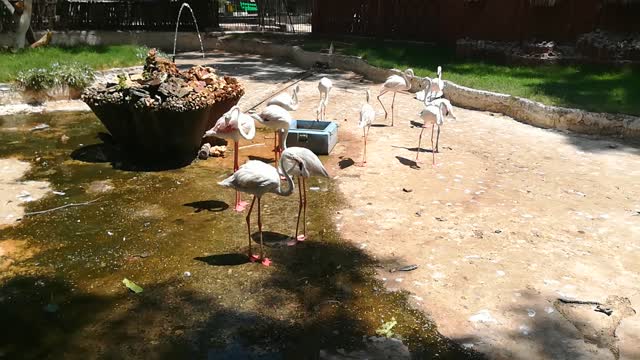
Male White Stork Kissing His Female In Public Park
Male White Stork Kissing His Female In Public Park , White Storks rely on an a habitat of open country, in general, wetlands, occasionally flooded river plains, extensively farmed meadows and pastures or water meadows. Originally the White Storks built their nests in old trees and rocks, today its more domesticated descendants usually choose roof-tops or tall chimneys.
The White Stork could never be mistaken for any other European bird. Standing it reaches a height of 80 to 115 cm and has a wing span of 195 to 215 cm. It is easy to recognize by its white plumage, with black on its wings and shoulders, its long red beak and red shanks. When foraging it stalks along at a gentle pace, its neck held straight and bent slightly forward. In flight it is slow with regular wing strokes. It is a “glider”, taking advantage of air thermals to soar up into the sky with outspread, unmoving wings.
arying according to where they breed, between the end of February and beginning of April the Central European White Storks return to their nesting places of the previous year. They are faithful to both partner and nesting place and the building of the nest is carried out by male and female together.
The breeding time of the White Stork is from the beginning of April to the first days of August and lasts 32 to 33 days. They most often lay three to five eggs and both parents share the task of sitting on them. During its first months the young chick is constantly supervised by a parent. After about two months the nestlings begin to fly but are still fed by their parents a further two or three weeks. The young White Storks become independent after about two months and reach sexual maturity at around three to five years. Only then do the young storks return to their nesting area. In the meantime they live in the wintering regions.
White Storks feed on small mammals, frogs and toads, lizards, snakes, fish, earthworms, large insects and their larvae, in exceptional cases also on the eggs and young of ground breeding birds. They catch their prey mainly while stalking along with head and beak pointing down.
-
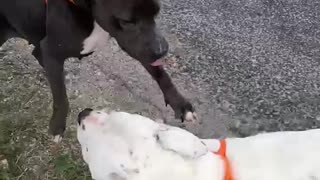 0:15
0:15
GCACDogsApril2022
3 years ago#48 female grey white March2022 #22 male white April2022
4 -
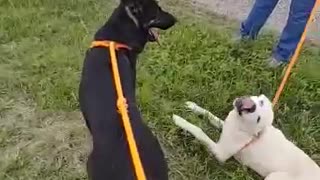 0:15
0:15
GCACDogsApril2022
2 years ago $0.01 earned#40 male white lab #44 female GSD April2022
8 -
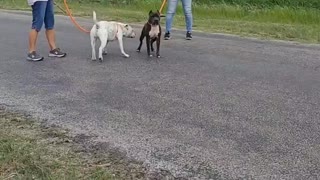 0:04
0:04
GCACDogsApril2022
3 years ago#48 female grey March2022 #22 male white April2022
3 -
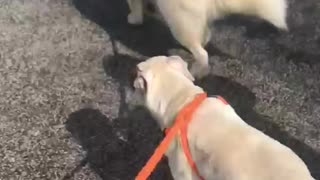 0:21
0:21
GCACDogsApril2022
2 years ago#33 male white brown boxer #47 female white husky April2022
6 -
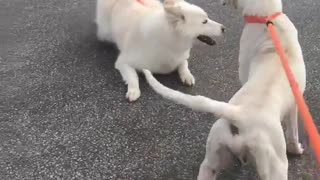 0:24
0:24
GCACDogsApril2022
2 years ago $0.01 earned#33 male white brown boxer #47 female white husky April2022
8 -
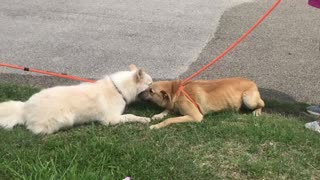 0:17
0:17
GCACDogsApril2022
2 years ago $0.01 earned#47 female white husky #45 male golden lab April2022
131 -
 0:04
0:04
GCACDogsMarch2022
3 years ago#9 male GSD #33 female white husky March2022
32 -
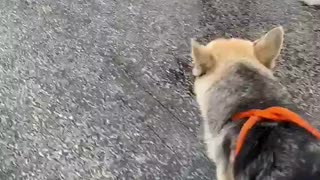 0:11
0:11
GCACDogsMarch2022
3 years ago#9 male GSD #33 female white husky March2022
16 -
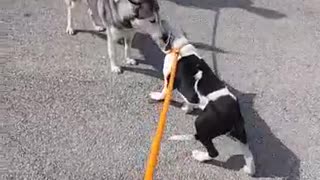 0:14
0:14
GCACDogsApril2022
2 years ago $0.01 earned#35 female husky #41 male black white bulldog April2022
10 -
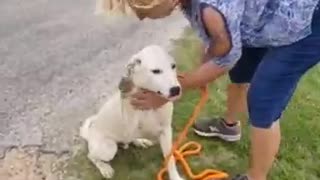 0:33
0:33
GCACDogsApril2022
3 years ago $0.03 earned#35 female husky #40 male white lab puppy April2022
20